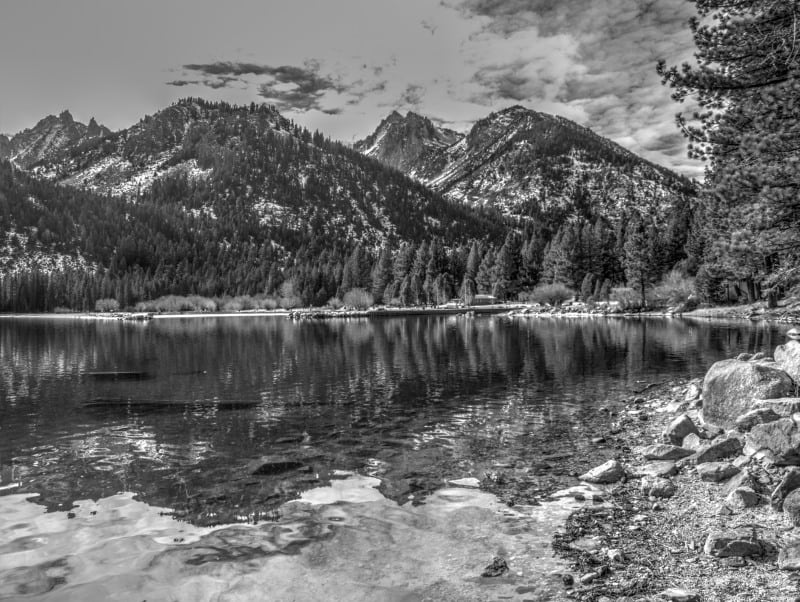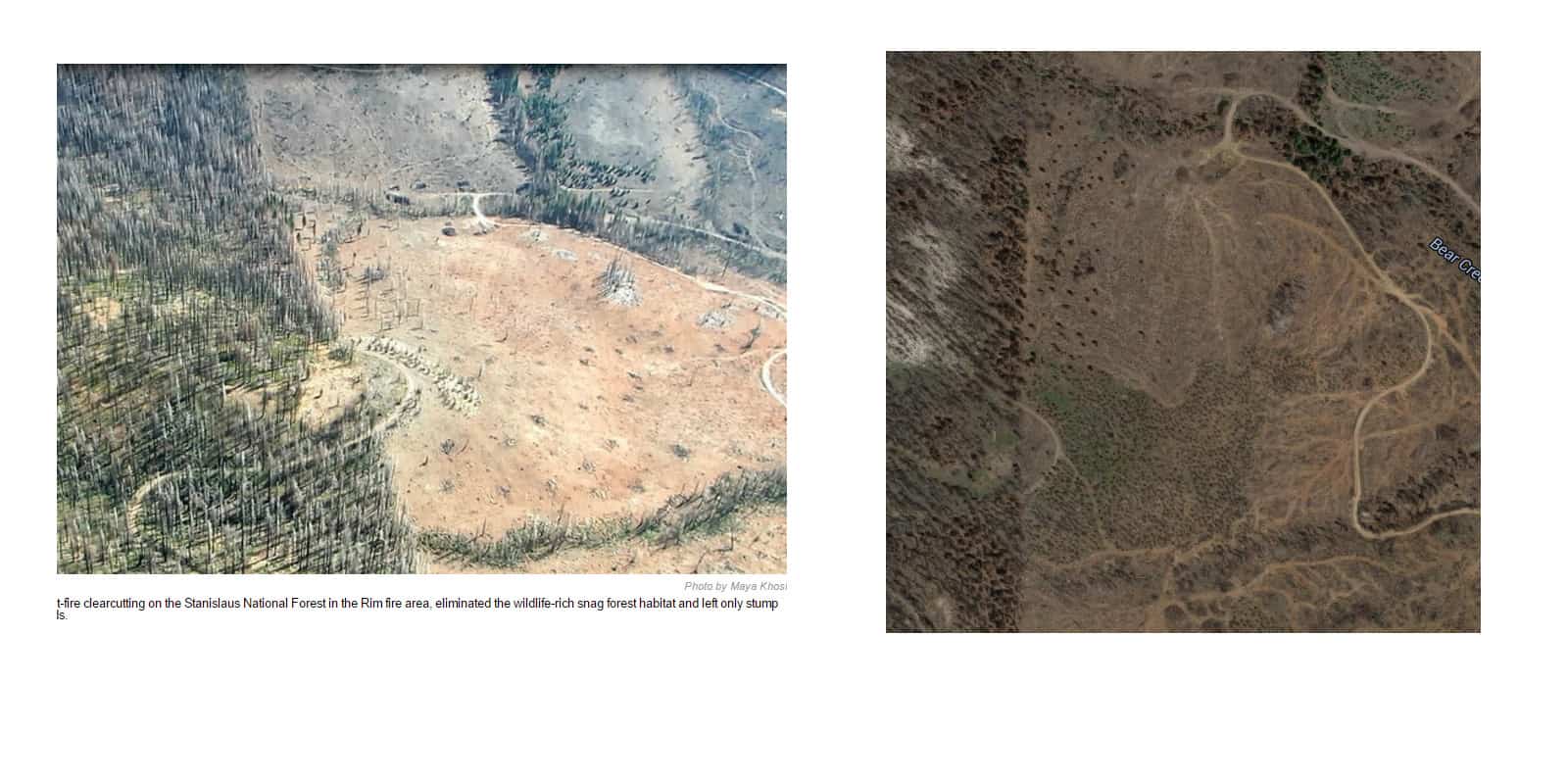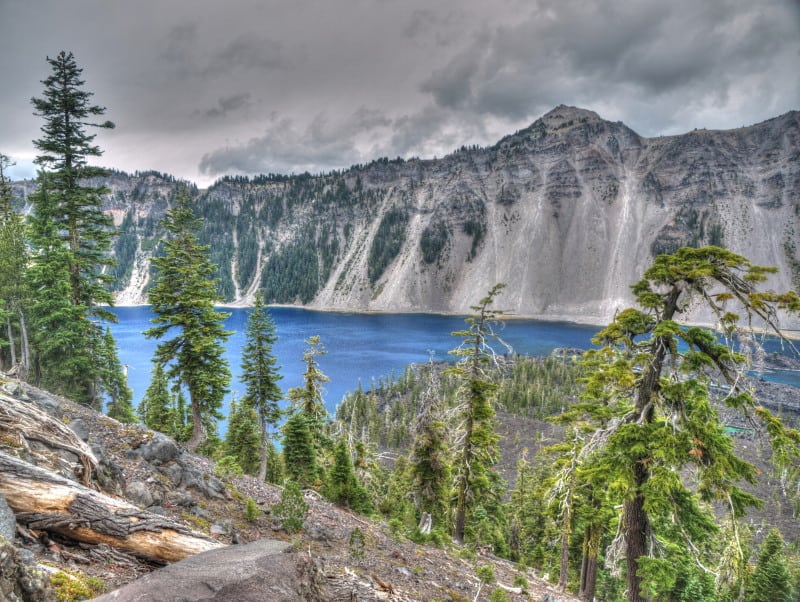Preserving Drinking Water is just one of the many reasons that Landscape Level Sound Sustainable Forest Management Is Needed everywhere including our National Forests. This doesn’t preclude hands off management nor does it preclude tailored management to provide for the desires of society when it fits within acceptable parameters as dictated by:
- The safety of society and the assets of the populace.
- Landscape level long range planning providing for forest succession in order to insure sustainable habitat niches for the species of interest which depend on the availability of a continuum over time of forest types at all stages of type succession within the landscape.
The following are quotes from various synopses of related articles:
A) Fixing Water By Fixing Forests
- “Moreover, healthy forests reduce the amount of funds cities need to treat their water to ensure it’s safe to drink. According to the report, seven US cities saved between $725,000 and $300 million in annual water treatment through investments in nature.“
- “Denver’s program, which involves a partnership with the US Forest Service, has resulted in nearly 40,000 acres treated to reduce wildfire risk and restore burned acres in critical watersheds. And the programs that followed in other cities are modeled after Denver’s and involve the same network of practitioners.”
- “Plus, the private sector appears to be stepping up – albeit slowly. Ecosystem Marketplace’s report from 2014 on watershed investments found companies such as Coca Cola and SAB Miller going the extra mile to protect their water supply by engaging with other users in a watershed and using it sustainably.”
B) U.S. Cities Go to the Source to Protect Drinking Water
- “In 2002, a catastrophic wildfire that burned 138,000 acres of forest made Denver’s drinking water supply run black with ash and soil. Cleanup of infrastructure damage, debris and erosion cost more than $25 million, while the fire-ravaged landscape caused increased flooding that wreaked havoc on water infrastructure and roads for years.“
- “To lessen wildfire risks, Denver Water and the U.S. Forest Service (USFS) started a watershed investment program to improve management of source water forests, together dedicating a total of $32 million to forest restoration over five years. Starting in 2011, Denver Water has invested in forest restoration and improved forest management to reduce the risk of wildfires, and USFS shares costs and implements those restoration activities.”
C) Forest Trends: “State of Watershed Investment 2014”
- “Last year, governments and companies invested $12.3 billion (B) in initiatives implementing nature-based solutions to sustain the world’s clean water supplies. According to a new report from Forest Trends’ Ecosystem Marketplace, this funding – which supports healthy watersheds that naturally filter water, absorb storm surge, and perform other critical functions – flowed to more than seven million households and restored and protected a total of 365 million hectares (ha) of land, an area larger than India. Up from $8.2B in investment tracked in 2011,”
D) Report: Protecting Drinking Water At Its Source
- THE SOURCE DOCUMENT = 140 pages of maps, graphs and details


